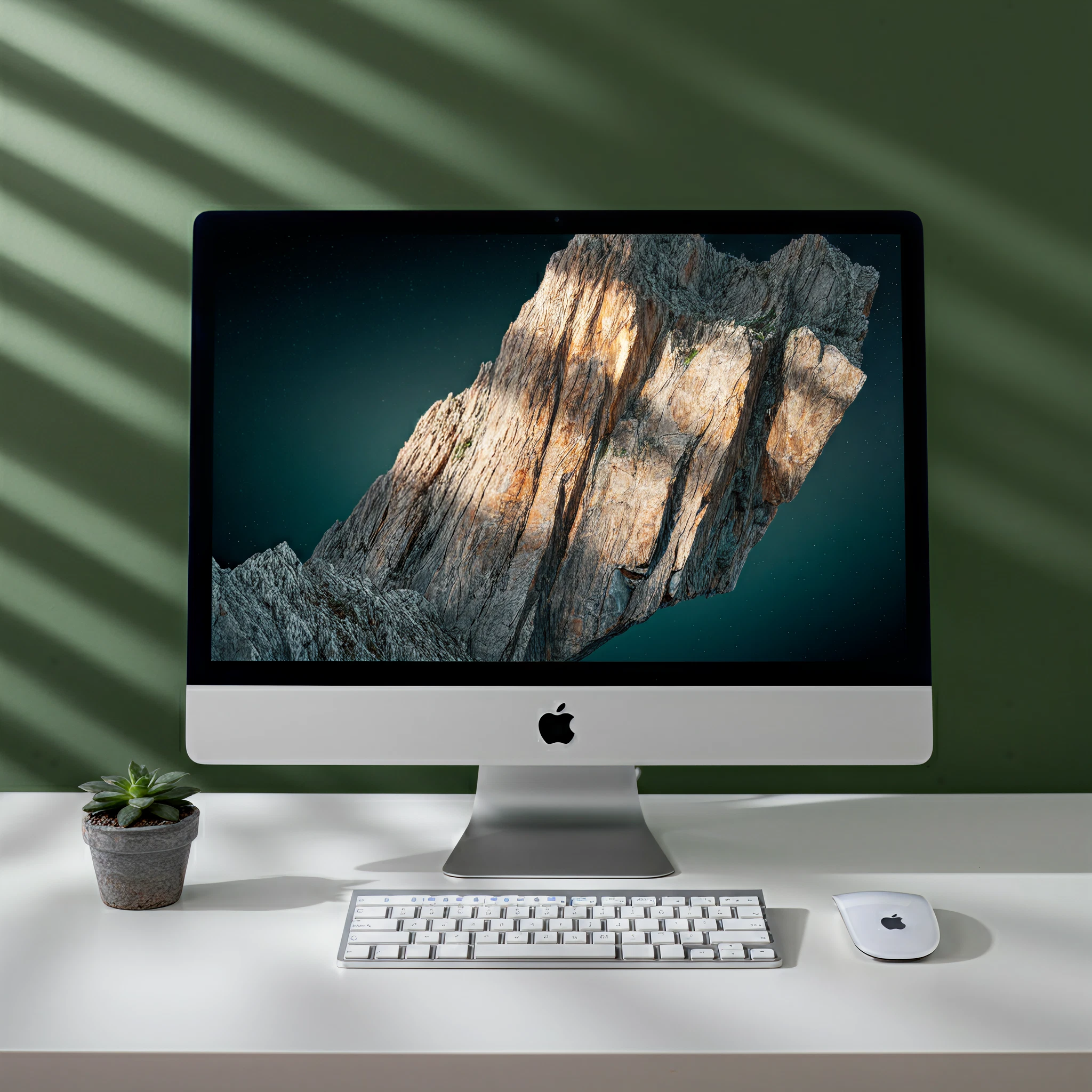If you’ve been exploring the Apple ecosystem or looking to upgrade your workspace, one thing is clear: Apple desktops continue to set the standard for stunning design, seamless software integration, and groundbreaking performance. But with choices like the iMac, Mac Mini, and Mac Studio, how do you determine which Apple desktop is truly the best for your needs?
We’re breaking it all down—from performance to pricing—to help you find your perfect Apple companion.
What Makes an Apple Desktop Stand Out?
Before we jump into comparisons, let’s take a closer look at why Apple desktops are in a class of their own:
- Processing Power & Graphics: Apple’s M-series chips revolutionized desktop performance, blending speed with efficiency. Whether you’re picking the standard M2, dipping into the Pro or Max tiers for augmented performance, or eyeing the mighty Ultra versions, there’s a chip for everyone.
- Display Quality: With Retina 4K and 5K displays, Apple’s iMac, in particular, is praised for delivering ultra-crisp visuals and vibrant colors that photographers, designers, and video editors will love.
- Build Quality: Apple desktops feature minimalist designs with precision engineering that complement any workspace while also being durable.
- User Experience: With MacOS seamlessly integrated, features like Universal Control, Sidecar, and optimized apps make multitasking simple and intuitive across Apple devices.
Now, let’s dig into the key contenders in the Apple desktop lineup.
Comparing the Apple Desktop Trio
1. iMac
The iMac continues to be a masterpiece of form meets function. Designed for creatives and casual users alike, it’s the ultimate all-in-one desktop, with impressive display tech and just the right amount of power.
Who it’s for:
- Creative professionals working with highly visual projects.
- Home office setups that benefit from a clean aesthetic.
Key Features:
- 4.5K Retina Display (24-inch): Gorgeous visuals perfect for graphic design, photo editing, and video playback.
- M1 Chip (base model): Capable of handling day-to-day tasks to light creative workloads with ease.
- Vivid Colors: Choose from seven fun color options to match your style.
Pros:
- All-in-one design reduces clutter.
- Excellent value for high-resolution displays.
Cons:
- Limited hardware customization.
- Lower processing power compared to the Mac Studio.
Starting Price:
$1,299.99
2. Mac Mini
Compact and versatile, the Mac Mini is Apple’s most affordable desktop option. Don’t be fooled by its size; packed with the M2 chip (and optionally M2 Pro), this small powerhouse suits professionals and hobbyists alike.
Who it’s for:
- Budget-conscious buyers who need a mix of performance and flexibility.
- Developers and home office users with existing peripherals.
Key Features:
- M2 / M2 Pro Chip Options: Ideal for light to medium tasks, with plenty of power for coding and video editing.
- Compact (7.7-inch square): Perfect for small desks or minimalist setups.
- Ports Galore: HDMI, USB-C, USB-A, Ethernet, and more.
Pros:
- Affordably priced to enter the macOS ecosystem.
- Perfect for modular setups with external monitors.
- Amazing performance for its size.
Cons:
- No built-in display or accessories.
- Higher end models approach Mac Studio prices without closing the performance gap.
Starting Price:
$599.99
3. Mac Studio
At the top of the performance pyramid, the Mac Studio is built for professionals who demand uncompromising power. It’s the perfect tool for AI development, 3D rendering, or processing complex datasets.
Who it’s for:
- High-end creative professionals, developers, and researchers.
- Users with intensive workflows like video editing, animation, and modeling.
Key Features:
- M2 Max / M3 Ultra Chips (up to 128GB unified memory): Absolute beasts in performance, scoring high in benchmarks for rendering and AI processing.
- Connectivity: Front-facing Thunderbolt ports make it ideal for connecting cameras, external drives, and more.
- Compact Design for a workstation-class machine.
Pros:
- Unrivaled power-to-size ratio.
- Best for resource-intensive tasks.
- Quiet and energy-efficient despite massive power output.
Cons:
- Overkill for casual or light users.
- Costs increase quickly as specs are upgraded.
Starting Price:
$1,999.99
A Brief Glance at Non-Apple Alternatives
While Apple’s desktops shine in software integration and design, PC workstations from Dell, HP, or custom builds often provide more modularity, making upgrades easier down the line. If software ecosystems like Windows or Linux are your preference, these options are worth considering. However, if you’re invested in the Apple ecosystem, the seamless functionality and optimized hardware-on-software experience are hard to beat.
Closing Thoughts
Whether you’re a small business owner, a graphic designer, or a hobbyist looking for a reliable desktop, there’s an Apple desktop model tailored for you:
- Choose the iMac for stunning visuals and an all-in-one design.
- Opt for the Mac Mini if you want performance on a budget, especially for smaller setups.
- Invest in the Mac Studio if you need unparalleled power for heavy-duty professional workloads.
Not sure which one suits you best? Consider your specific needs and budget, and don’t forget the beauty of Apple’s modularity. From beginners to power users, there’s something in the Apple desktop lineup for everyone.
Explore the full Apple desktop range and elevate your work today!
Share your thoughts! Which Apple desktop are you most excited about? Drop your comments below.








